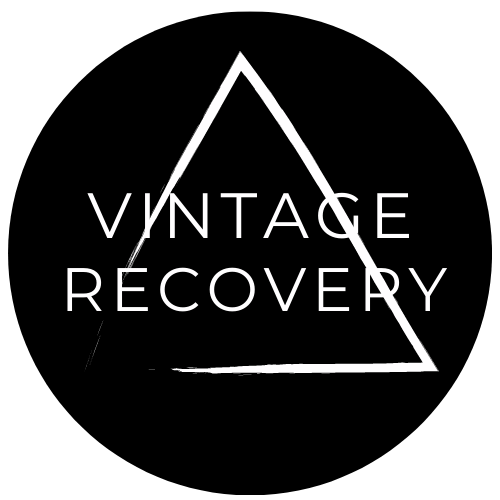
10 Tips for Dressing Sustainably: Redefining Your Fashion Footprint
Share
In today's fast-paced world, sustainability is more crucial than ever, and one area where we can make a significant impact is our fashion choices. By embracing sustainable fashion, we can minimise our carbon footprint, reduce textile waste, and promote ethical practices within the industry. In this blog post, we'll explore ten valuable tips to help you dress sustainably and create a wardrobe that is both stylish and eco-friendly.
1. Avoid Fast Fashion:
2. Buy Timeless Clothing:
3. Choose Quality over Quantity:
4. Shop Vintage and Second-Hand:
5. Support Sustainable Businesses:
As the demand for sustainable fashion grows, more brands are embracing eco-friendly practices. Seek out and support companies that prioritise sustainability, ethical sourcing, and fair trade. By aligning your values with your purchasing decisions, you encourage positive change within the industry.
6. Rent Clothing:
For special occasions or statement pieces you may only wear once, consider renting instead of buying. Numerous clothing rental platforms offer a wide range of options, allowing you to experiment with different styles without the commitment of ownership. Renting reduces the need for excessive consumption and helps decrease textile waste.
7. Participate in Clothes Swaps:
Hosting or attending clothes swap events can be a fun way to refresh your wardrobe sustainably. Gather friends, family, or even colleagues and exchange clothing items you no longer wear. It's an excellent opportunity to find unique pieces while reducing textile waste and fostering a sense of community.
8. Mend Clothing:
Extend the life of your clothing by learning basic sewing skills or supporting local tailors. Instead of discarding garments with minor damage, mend them. Whether it's replacing a button, fixing a seam, or patching a small tear, simple repairs can breathe new life into your favourite pieces.
9. Donate Clothing:
When you've outgrown or no longer wear certain items, donate them to charity organisations. By giving your clothes a second chance, you contribute to a more sustainable fashion ecosystem and help those in need.
10. Rework and Upcycle Clothing:
Unleash your creativity and transform old clothing items into something new. Repurpose old t-shirts into tote bags, turn worn-out jeans into shorts, or add embellishments to refresh a plain garment. Upcycling not only reduces waste but also allows you to express your unique style.
Dressing sustainably doesn't mean sacrificing style. By following these ten tips, you can make conscious choices that positively impact the environment and promote ethical fashion practices. Embrace slow fashion, opt for quality over quantity, and explore alternative options.
